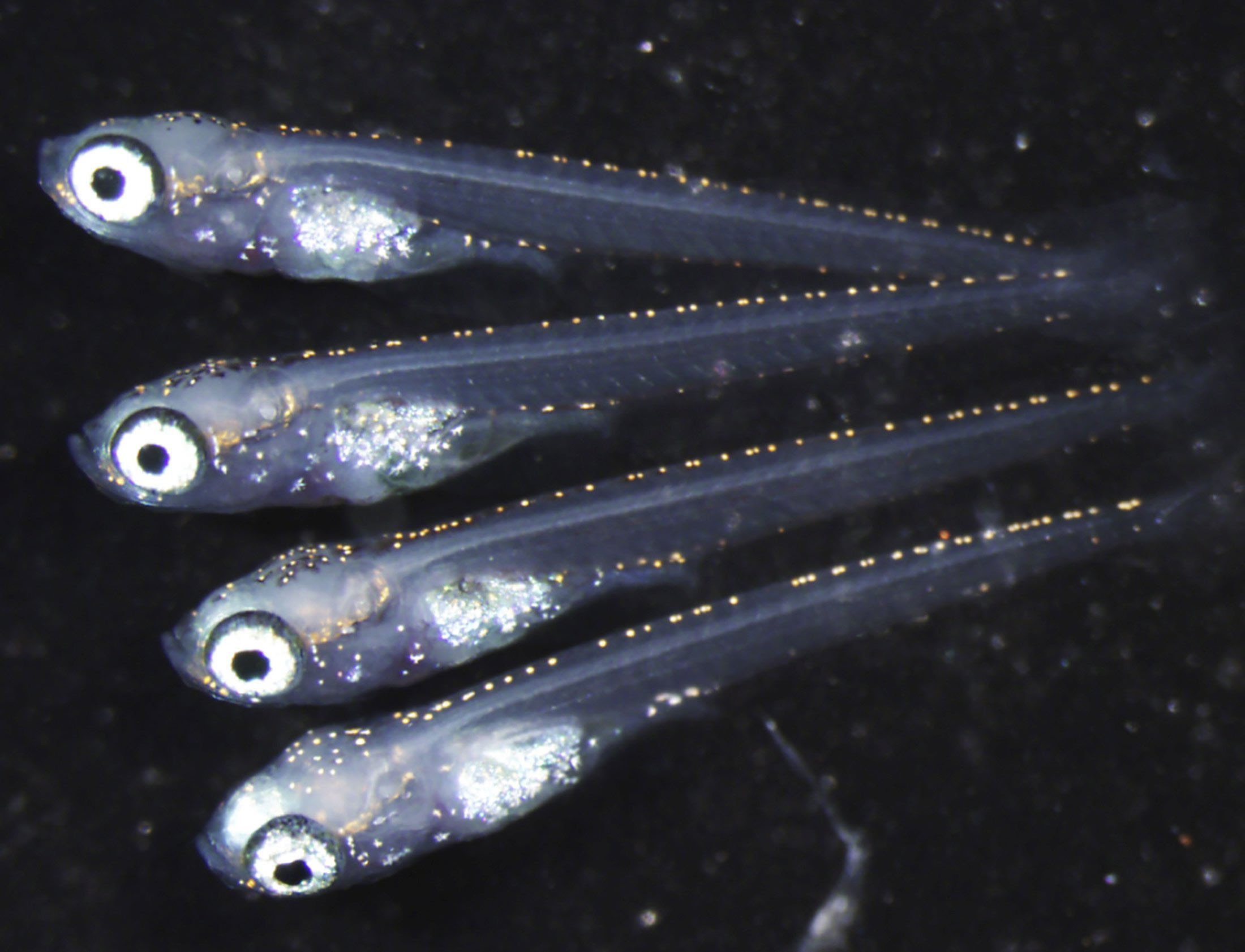The diminutive medaka (Japanese rice fish) have been kept as pets since the Edo Period (1603-1868). They are hardy animals, an important quality for a pet, and they naturally occur in a variety of colors, including gold. They have distinctive, some say attractive, eyes (for a fish) — indeed, medaka in Japanese means "with high eyes."
These characteristics made them popular among all classes of feudal Japanese in the past. The natural historian Baien Mouri included a number of color varieties in his 1843 encyclopedia.
Three hundred years ago, however, no child taking delight in the glittering little fish in his or her rice field could have possibly imagined the incredible adventures this species would go on, nor the contribution to our understanding of the world it would make. For all the cultural and culinary impact of carp or puffer fish, medaka — scientific name Oryzias latipes — are arguably more important.

















With your current subscription plan you can comment on stories. However, before writing your first comment, please create a display name in the Profile section of your subscriber account page.